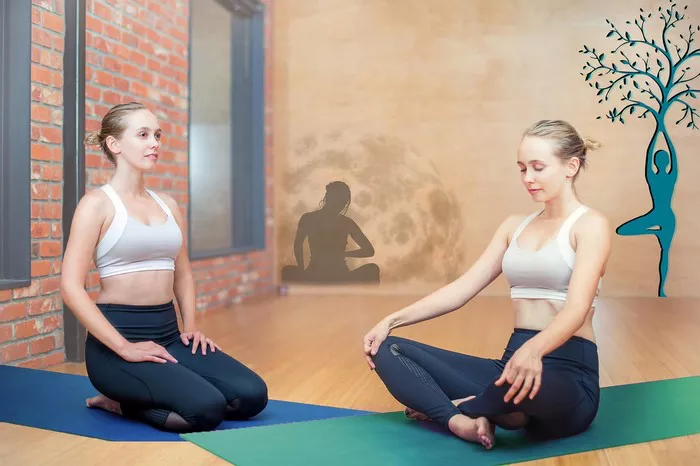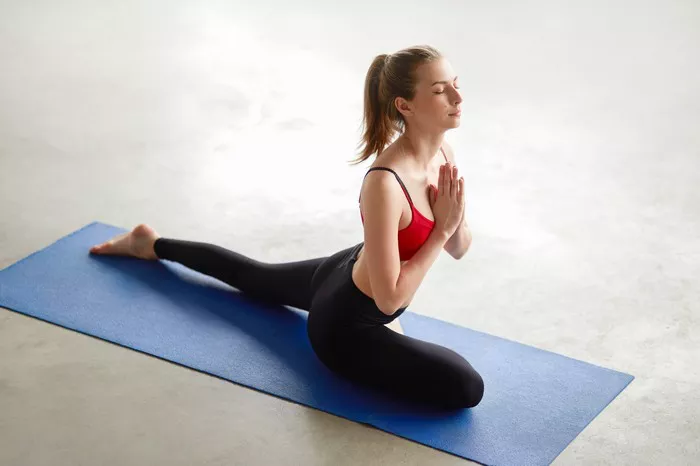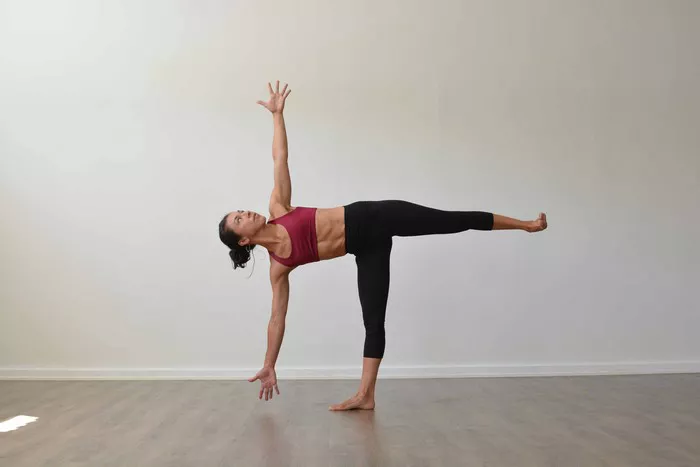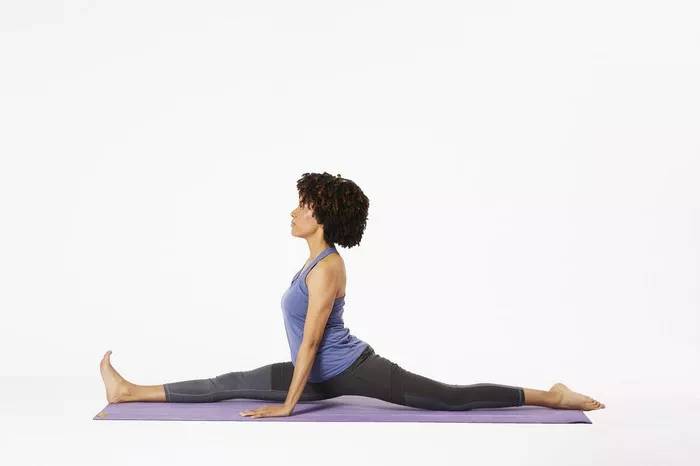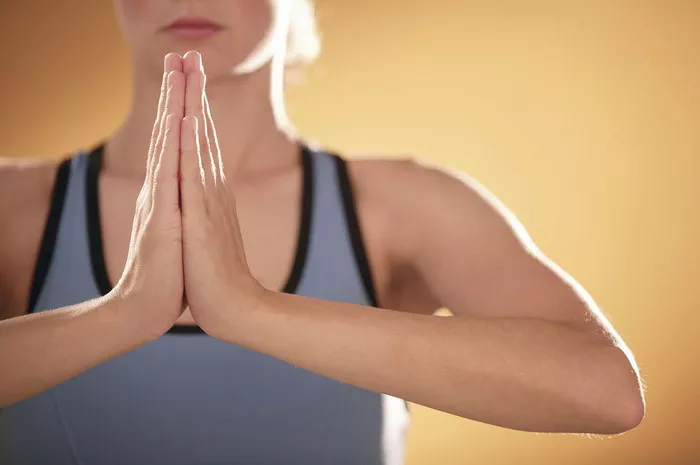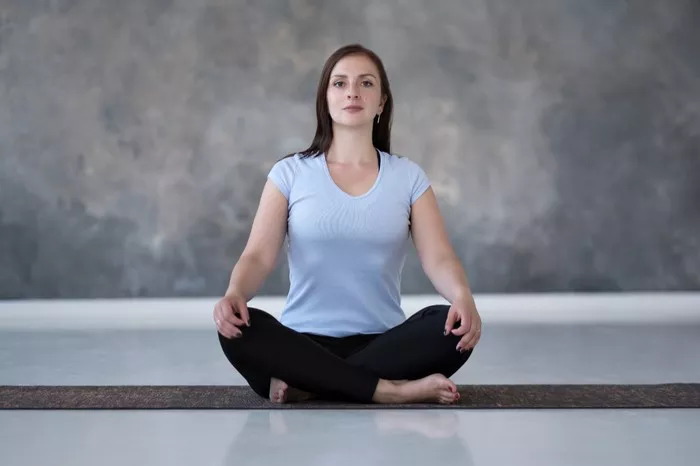Ashtanga Yoga is a dynamic and structured practice that follows a specific sequence of postures designed to cultivate strength, flexibility, balance, and mindfulness. The practice is divided into six progressive series: the Primary Series (Yoga Chikitsa), the Intermediate Series (Nadi Shodhana), and four Advanced Series (Sthira Bhaga). Each series builds upon the foundation established in the previous one, requiring practitioners to develop proficiency before moving forward.
The Intermediate Series, also known as Nadi Shodhana, translates to “nerve cleansing” and focuses on purifying the nervous system. It is a rigorous sequence that introduces deep backbends, hip openers, arm balances, and inversions, demanding both physical and mental discipline. This article explores the numerous benefits of practicing the Ashtanga Yoga Intermediate Series and how it can contribute to overall health and well-being.
Enhances Physical Strength and Flexibility
The Intermediate Series intensifies the physical demands of Ashtanga Yoga. It incorporates a variety of deep backbends such as Kapotasana (Pigeon Pose) and Eka Pada Rajakapotasana (One-Legged King Pigeon Pose), which require and develop extraordinary spinal flexibility and strength. The increased focus on leg-behind-the-head postures and arm balances, like Karandavasana, helps practitioners build core strength and stability.
Regular practice of these advanced asanas enhances muscular endurance, tones the body, and improves overall flexibility. Over time, practitioners find increased mobility in their spine, hips, shoulders, and hamstrings, allowing for greater ease of movement both on and off the mat.
Improves Nervous System Function and Energy Flow
Nadi Shodhana means “nerve cleansing,” and this series is specifically designed to purify and balance the nervous system. The deep spinal work and intense postures stimulate the parasympathetic nervous system, which helps reduce stress, lower heart rate, and promote relaxation.
Additionally, the Intermediate Series enhances the flow of prana (life force energy) through the nadis (energy channels). The dynamic sequence strengthens the body’s ability to channel energy efficiently, improving mental clarity, emotional balance, and vitality.
Deepens Breath Control and Lung Capacity
Pranayama (breath control) is an integral part of Ashtanga Yoga, and the Intermediate Series emphasizes the connection between breath and movement. Ujjayi breathing, or “victorious breath,” is practiced consistently throughout the sequence, helping to increase lung capacity, oxygenate the blood, and promote relaxation.
As practitioners progress in the Intermediate Series, they develop greater breath awareness and control, which enhances their endurance and ability to sustain challenging postures. This breath-movement synchronization fosters a meditative state, reducing anxiety and promoting mental tranquility.
Enhances Focus, Concentration, and Mental Resilience
The complexity of the Intermediate Series requires deep concentration and mental fortitude. Many of the postures are physically demanding and require a steady mind to maintain balance and alignment.
Through regular practice, practitioners develop increased mental resilience, patience, and the ability to remain present in challenging situations. This focus and discipline extend beyond the mat into daily life, helping individuals manage stress and approach obstacles with a calm and steady mindset.
Detoxifies the Internal Organs
The Intermediate Series promotes internal cleansing through twists, deep bends, and intense postures that stimulate the digestive, lymphatic, and circulatory systems. Twisting poses, such as Ardha Matsyendrasana (Half Lord of the Fishes Pose), massage the internal organs, aiding digestion and detoxification.
Additionally, the heat generated from the practice induces sweating, which helps expel toxins from the body, purifies the skin, and enhances overall health. As the organs become more efficient, practitioners often experience improved digestion, enhanced metabolism, and increased vitality.
Balances and Opens the Heart Chakra
The Intermediate Series places a strong emphasis on backbends, which are closely linked to Anahata (the heart chakra). Poses like Kapotasana require practitioners to open their chest and release stored emotional tension, fostering a sense of emotional freedom and self-acceptance.
Practicing deep backbends can help release past emotional blockages, promote forgiveness, and cultivate a more compassionate and open-hearted perspective. Many practitioners report feeling a deep sense of emotional release and well-being after working consistently with this series.
Develops Advanced Balance and Coordination
Arm balances and inversions in the Intermediate Series, such as Pincha Mayurasana (Forearm Stand) and Karandavasana (Duck Pose), require precise coordination and core engagement. These postures challenge stability, strengthen the upper body, and refine proprioception (body awareness).
With continued practice, practitioners develop improved balance, coordination, and confidence in their ability to control their movements. This improved coordination benefits everyday activities and enhances performance in other physical disciplines.
Encourages Self-Discipline and Personal Growth
Advancing to the Intermediate Series is a milestone that requires dedication, consistency, and patience. The challenges presented by the sequence encourage practitioners to cultivate self-discipline, humility, and perseverance.
This dedication extends beyond the physical practice, influencing personal habits, mindset, and overall approach to life. Many practitioners find that the discipline cultivated on the mat translates into increased motivation and mindfulness in other areas of life.
Conclusion
The Ashtanga Yoga Intermediate Series is a transformative practice that offers profound physical, mental, and emotional benefits. By strengthening the body, purifying the nervous system, and deepening breath control, practitioners cultivate a balanced and harmonious state of being.
Although the Intermediate Series is challenging, it is a rewarding journey that fosters resilience, mindfulness, and self-awareness. With dedication and consistent practice, yogis can experience profound growth, both on and off the mat, ultimately leading to greater well-being and inner peace.
Related Topics:



